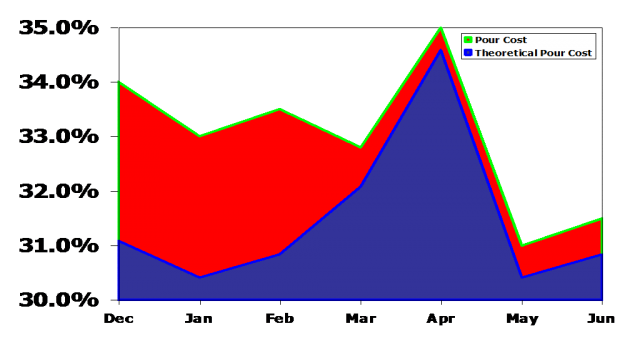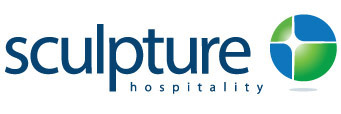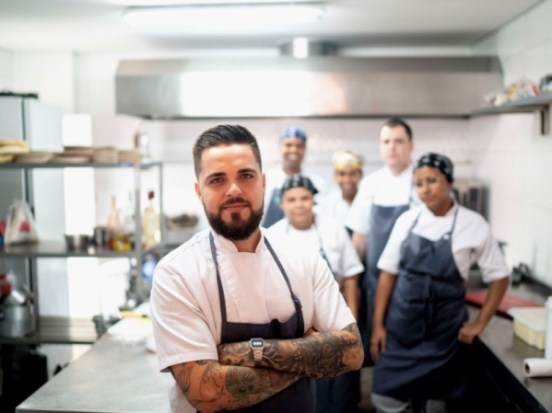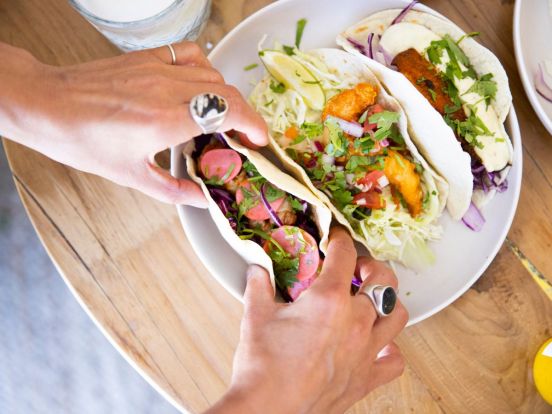By Peter Nelson
Like many industries hospitality is facing challenging times, and this looks to continue over the next few months. This of course is nothing new for restaurant and bar owners who continually face issues in what is a great, but, challenging industry.
In the past we have faced the GFC, those in the South have had to deal with earthquakes and every winter the industry has to deal with the fall off of tourists, so while we are all conscious of the current challenge the successful and savvy owners know it is a matter of making sure that you have a clear strategy in place to manage your business.
This is a good time to take a step back and review all areas of your business. It is a time to ensure that you have good processes in place to manage your operating costs, your purchase costs, staff performance, your processes and systems and marketing.
200 Types Of Bourbon
While managing your costs is important it is also a time to make sure that you are still investing in your business. Marketing and giving people a reason asto why they should come to your venue is crucial. What will appeal to them? Why have people come in the past? Create a “Point of Difference”, be that through the type of menu or quality of food that you offer, the type of entertainment that you have, a theme that you may have e.g. 200 different types of rum or bourbon, a steak offering – you need to get the message out and tell people by creating the reason. Creating a customer experience through either a point of difference or creating an atmosphere through great customer service not only encourages repeat business but also creates the cheapest marketing that you will ever invest in, word of mouth praise.
Controlling food and beverage costs in a hospitality business is the single most important factor. Knowing not only what food and beverage (F&B) cost you are achieving but what cost you should be achieving is critical. You may think that a beverage cost of 34% is good (GP of 66%), but of more importance knowing that you should have achieved a cost of 31% (GP of 69%) is more important. It is essential to understand where that difference of 3% is and what has caused it. Is it overpouring, waste that has been poured down the drain, incorrect costings, incorrect product being poured or is it that you have a theft issue. That three percent difference can add up to thousands of dollars over a month, thousands of dollars that you should be banking.
Finding where the difference has occurred and what has caused it is a complex area and why companies such as Sculpture Hospitality specialise in this within the industry. You may think that your percentages are good but how do they compare to the industry?

Inventory Levels
How much inventory are you carrying? A good inventory level is 7 to 14 days given the frequency of supply in todays market. Every extra case of wine or kilo of meat that you are carrying in excess stock is money that you could have earning interest in the bank. Turnover changes with seasons and market circumstances and your inventory should be adjusted accordingly. Par levels should be set with minimums and maximums to ensure that you are meeting your budget requirements.
This is also a good time to review your purchase pricing, are you getting the best possible deal for what you are buying? You should regularly review these as a matter of course, do you require your Chef and Bar Manager to do this? Carefully consider volume purchasing, a volume price may seem attractive but you need to look at how long it will take to go through the quantity of what you have ordered and ask yourself if you really want to have all that money tied up in that product.
Wage cost is a big piece of the hospitality pie and spread widely across the business – kitchen, bar staff, restaurant staff etc. I alluded earlier to the seasonality factor and this applies to your labour requirement as well, analyise when you need your staff.
If you are running a bar operation and 80 percent of your sales occur after 6pm then it makes sense to have a minimum staff on until then. Analyise your wage cost over a specific period to ensure that you are getting a return. If you have a POS system where sales are recorded by employee see what the percentage each person is returning. Similarly in the kitchen there is no point having excess staff on in your quiet times, work with your chef to measure the wage costs by shift and/or day.
I have talked at length about reducing your costs and touched on the importance of still investing in your business. Staff training is another area where you should not stop investing. A well trained team will not only make money for you but reduce your costs. Investment in your team through training will both reduce your staff turnover but they will be more productive because they know what to do and what you require. Just think of the down time in recruiting, training and bringing new people upto speed!
Knowing how you are performing and measuring your performance is a crucial business discipline. In our business we set Key Performance Indicators (KPI’s) with all our clients in all areas of their F&B business. Not only do they give you a gauge on your current performance but they track your progress over time and importantly alert you when you have a problem. Know what the important KPI’s are for your business, don’t simply look at the results, act on them, improve your performance and understand your business.
As an industry we continually face challenges and rise above them. Our current challenges are no different if the right practices are put in place, as the song says, “when the going gets tough, the tough get going”.

Peter Nelson is the Managing Director of Sculpture Hospitality New Zealand, Australia & South Pacific Islands









